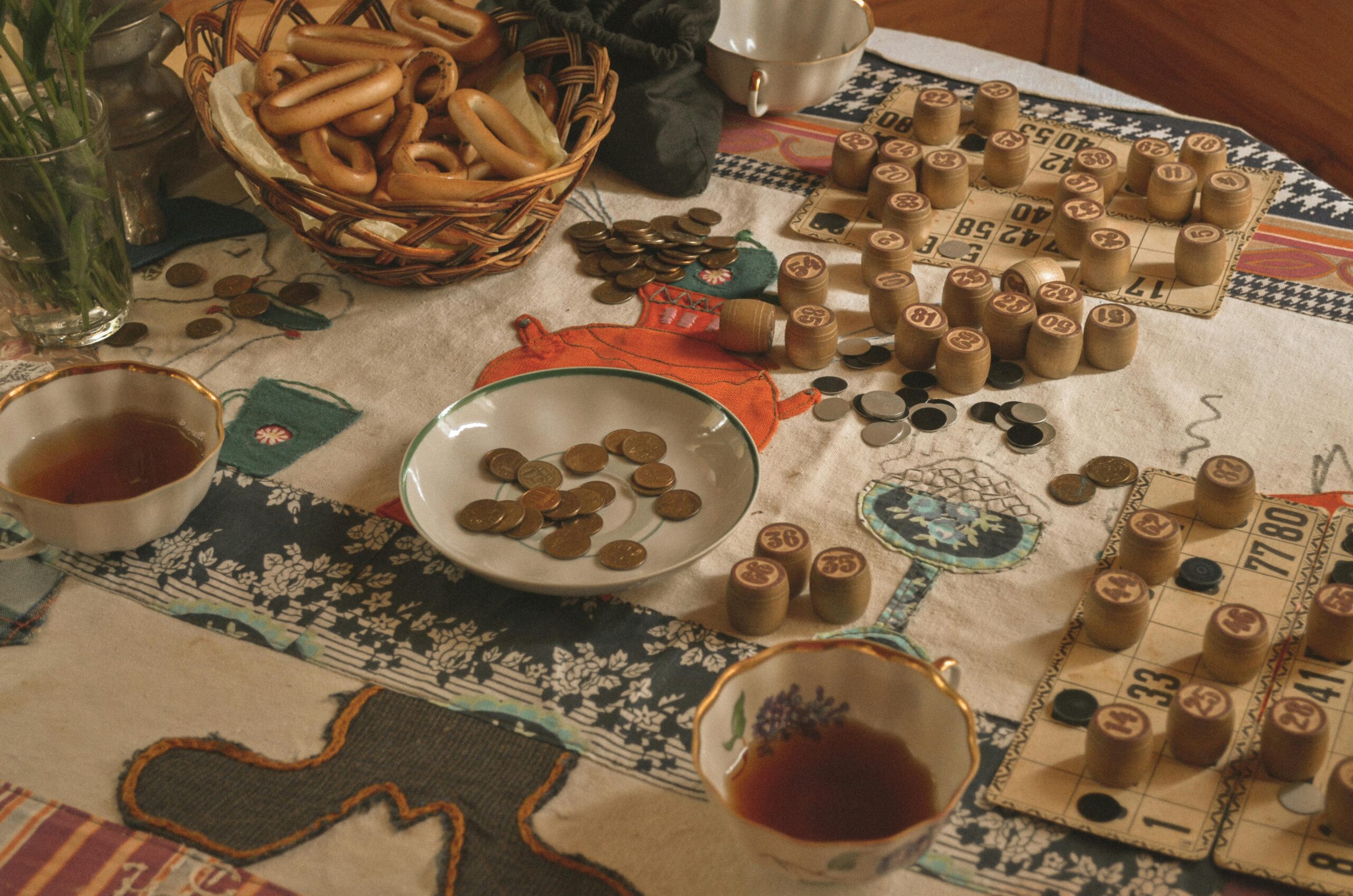Dressing appropriately for Canadian winters is inconvenient and ruins outfits, students report
By: Nika Petrosian

There’s no need for introductions when it comes to Canada’s notorious winters. This winter, parts of Ontario received the biggest snowstorm in decades. In Toronto, where we typically experience more mild winters and snowfall, 55 centimetres of snow fell in some parts of the city, which is more snow than the city typically receives during the entire month of January, according to CTV News Toronto.
Every year, crisp white snow places itself on the roofs of neighbourhood homes, in the curves of bare tree branches, and all over the ground. Temperatures drop below zero. Car doors freeze shut. Slick patches of ice coat driveways and hide under blankets of snow, and — wait, what?
Running shoes? Windbreakers? In the middle of winter?
It’s quite common to see students and young adults underdressed during the winter months walking through the streets of big cities in Canada, standing on the train, or waiting for the bus.
Maybe it has something to do with resilience — some people are able to withstand the frigid temperatures better than others. Maybe they’re secretly wearing layers and layers of clothing underneath their light, airy-looking jackets that we just can’t see. Maybe it’s something else entirely.
One thing is for sure — many young people in Canada don’t dress warmly enough for the weather. Why? In a country where it isn’t uncommon for temperatures to drop below 20 degrees Celsius, it’s a fair and intriguing question to ask.
Danielle Martin, a fashion professor at X University, says the high cost of winter clothing may be one of the reasons why this trend is so common.
“Properly warm winter boots and decently warm winter coats are expensive investments,” says Martin.
And it’s true — even after clearance sales, warm, high-quality items like winter boots still cost upwards of around $120 in many of Canada’s most accessible shoe stores, like SoftMoc or Brown’s.
Factoring in the two years spent in and out of lockdown, Martin says many students and young adults don’t see investing in winter clothing as a pressing necessity — we have been venturing out into the cold weather far less than usual.
“For two years, due to the pandemic, we have been isolated at home. Therefore, it is not necessary to go out often,” she says.
Martin also says that, especially in southern Ontario, the inconsistent winter weather over the past couple of years may have played a role in deterring young people from purchasing and wearing appropriate winter clothing. “Unpredictable colder winters are probably a stop for purchasing expensive [winter gear],” she says.
Some experts in the industry have recommendations to work around this, however.
Natalie Michie, a Toronto-based freelance journalist, suggests thrifting winter coats as a more affordable and accessible option. Michie suggests Value Village and Black Market as good starting points.
“As a student, I used to thrift — I still do thrift a lot of my winter jackets,” says Michie, who is a regular writer for FASHION Magazine. “I’ve gotten some great winter coats there,” she says.
But sometimes even second-hand options for winter attire can run on the expensive side. For this, Michie suggests investing in warm, inexpensive pieces that keep your head, hands and feet warm, like gloves or a balaclava.
“Right now, there’s a big balaclava trend going on where people are opting for this scarf-slash-hat accessory for winter time,” says Michie, “they protect your ears, and your neck, and your head, and those can be a relatively cheap option.”
Alternatively, experts at Chatelaine recommend investing in timeless staple pieces that won’t fall victim to the ever-changing trend cycle.
Unsurprisingly, fashion and aesthetics also play a huge role when it comes to young people’s clothing choices during the winter months.
“I always do this and it is 100 per cent for fashion,” says Andrea Llorens, a third-year psychology student at X University. She says that during the winter, she’ll often opt for a scarf when she’s outdoors since she usually spends more time inside rather than outside.
For Jessie Y, a Grade 12 student, the bulkier silhouettes that are often seen in winter fashion came along with body image issues.
“It’s silly in retrospect but I was willing to risk my health for the sake of a thinner silhouette,” she says. “It sucks that I was very likely not the only girl who mentally dealt with this.”
Despite her struggle in the past, however, Jessie says she is in a place where she feels comfortable enough to dress warmly.
“I rarely underdress now, and if I do it’s for fashion purposes,” she says. “When I plan an outfit I always aim for a mix of aesthetics and practicality.”
But aside from fashion and affordability, it seems that convenience is one of the more prominent reasons behind young adults underdressing for the winter.
For some students and individuals who find themselves commuting often and spending the majority of their time in classrooms or attending lectures, they feel that it’s just not practical to be lugging around winter gear all day when it’s only going to be used for such a short amount of time.
“If it’s too cold I just deal with it, and if it’s too warm I just unzip,” says Grade 12 student Livia Whynott. As a high school student, it’s just easier for her current lifestyle to dress lighter.
Especially with the pandemic and social distancing regulations, access to lockers and other school facilities are sometimes limited. “It’s inconvenient to carry around extra layers at school since there’s only so much space,” says Whynott.
Winter gear also tends to be bulky, meaning getting dressed takes even longer than usual. “I haven’t had my own boots in ages, mainly cause it takes so long to put them on and take them off,” says 22-year-old Navseerat Pandher.
Like Whynott, Pandher is also okay with the short-term discomfort if it means longer-term convenience and comfort. “I just deal with the snow hitting my ankles,” she says.
There are a plethora of reasons as to why young Canadians refuse to dress appropriately for the winter – the cost of winter clothing, aesthetics, convenience – and it’s hard to directly pinpoint any one specific reason.
The one thing that is for certain?
It’s hard being a student and finding your own personal style. Exploring and expanding your own sense of fashion takes a lot of experimentation – figuring out what works best for you and what doesn’t. And sometimes a variety of barriers can get in the way of that, making practicality and functionality fall lower on one’s list of priorities when it comes to how they dress.
“In fashion, there is a trend of wanting to wear the cuter coat as opposed to the more practical coat,” says Michie.
“People might opt for the coat that is a button-up trench coat as opposed to a puffer zip-up coat that goes down to your ankles because it just looks cuter, even though it might not protect you against the cold weather,” she says.
As young people venture out into the cold and experience early adulthood, many of them want to look their best while doing it, which doesn’t necessarily always include warmth or comfort.
“When you’re thinking about how you want to portray your outfits aesthetically, often we don’t factor in comfort. This is true more so for students,” says Michie.
So I think it’s safe to say that we will be seeing this continue for generations to come. All we can do is brace ourselves – Canadian winters are snow joke!





